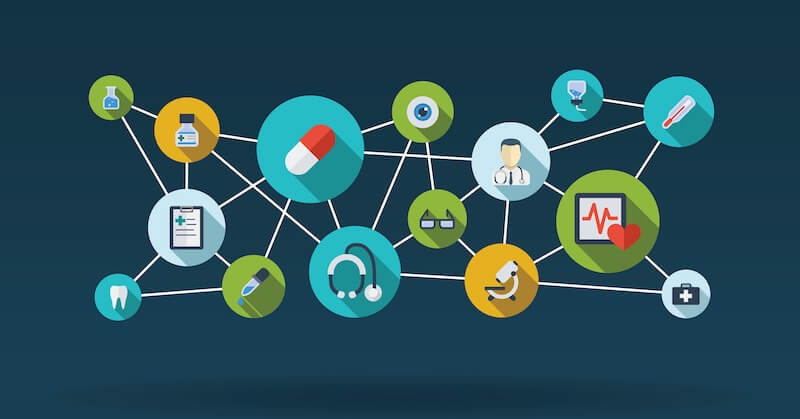In my recent session The Future of Interoperability, given at our CONNECT/20 customer conference, I explained how despite complaints that we haven’t achieved interoperability, we actually have met multiple goals. Trouble is, the goalposts keep moving. In other words, the future of interoperability is already here. It’s just not evenly distributed.
For instance:
- Sending encounter data from provider to payer for reimbursement is a form of interoperability. We’ve done this well for years.
- Clinical systems working together is a form of interoperability. Provider systems have “talked” to one another for more than a decade.
- Moving data between organizations is a form of interoperability. We developed health information exchanges (HIEs) to transport electronic health information years ago.
- Sending data directly to patients is also form of interoperability. We’re moving closer to this interoperability goal.
Watch the full, 40-minute webinar here, or keep reading for a brief recap.
Not only is interoperability unevenly distributed—laced with disparate goals and capabilities—the healthcare landscape is undergoing three major tectonic shifts.
- FHIR is bringing data to patients. This year—a marked contrast to 2019—our entire user group is focused on FHIR, driven primarily by interoperability rules in the United States issued by CMS and ONC in March. In short, these rules require providers and payers to share data with patients and/or members via FHIR APIs. Our government affairs page explains the details. The takeaway: It’s time to get serious about FHIR.FHIR is well suited to the latest interoperability goal: bringing data to patients. As for the remaining interoperability initiatives, we’ll continue to use CDA, C-CDA, and HL7 V2 where they fit best. [View FHIR resources.]
- The SARS-CoV-2 pandemic is demanding information sharing. The pandemic is a long-term disruption that will have lasting impact: socially, politically, financially and technologically. In response to the public health crisis, we’ve seen telemedicine, remote patient monitoring, electronic lab reporting, contact tracing, and by-mail prescription technologies all accelerate within weeks’ time.
- The cloud is being adopted. Although most healthcare providers do have a portion of their IT workloads deployed in the cloud, it remains largely an on-premises industry. The upside to holding off on cloud migration is we’ve gotten to see what’s working and what’s not in other industries. Healthcare is a heavily regulated sector that’s required to take data privacy and security seriously. We will adopt new technology, but we can’t compromise our larger mission of protecting patient data. [Download our whitepaper on Migrating to the Cloud for the Health Industry]
That said, healthcare applications are now written in a cloud-first way, and software-based CRM, supply chain and HR platforms are becoming more important as healthcare prioritizes efficiency, value, and quality. Healthcare IT’s challenge is to integrate cloud and on-premises systems to make the most of SaaS without compromising privacy, security, compliance, and reliability.
How Do You Respond?
Given these three seismic shifts in healthcare technology, it’s not feasible to respond to all of them simultaneously. It’s best to play the long game.
A long-term approach involves the establishment of an ecosystem: multiple interacting members and participants, sometimes competing, sometimes cooperating. As new requirements (e.g., new standards, new technology) appear, new participants may appear, as well. Your organization may have multiple departments and interact with multiple vendors, partners and stakeholders. That’s your ecosystem.
The future of interoperability requires you to design your ecosystem to give you more capability than you could manage on your own. At Rhapsody, we realize that the integration engine is the center of our ecosystem. Corepoint and Rhapsody integration engines are the hubs. Our spokes include nine strategic partners. We also work with more than 100 health IT and OEM vendors worldwide.
The Present, Near, and Distant Future
As the interoperability goalposts continue to move (and they will), consider shifting away from silos toward interconnected ecosystems. In a silo, you’re alone. In an ecosystem, you have friends and partners working with you to move father faster—no matter which way our future is distributed.
For more on this topic, see:
- Q&A | FHIR, the CMS & ONC Rules, and COVID-19: What Health Leaders Need to Know
- Webinar | CMS and ONC Rules: How’d We Get Here?
- Webinar | FHIR: 3 Real-World Scenarios
- HL7 FHIR Resource Library

